The world of cybersecurity is rapidly evolving, and with it, organizations need robust regulations to ensure the safety and integrity of their digital systems. As part of this evolution, the European Union recently introduced the NIS2 Directive, a comprehensive framework to strengthen the region’s defenses against digital threats.
The legislation aims to boost overall cybersecurity across EU Member States by mandating organizations to improve their resilience and incident response capacities. NIS2 especially targets sectors that heavily rely on ICTs, such as energy, transport, water, banking, financial infrastructures, healthcare, and digital infrastructure.
Key digital service providers, such as search engines, cloud computing services, and online marketplaces, are also required to adhere to the security and notification requirements under NIS2. Organizations must adopt and publish necessary compliance measures by October 17, 2024, and apply those measures from October 18, 2024.
In this blog post, we’ll look at the essentials of NIS2, discuss key impacts, and requirements, and how GFI can help businesses navigate this new cybersecurity landscape.
Why NIS2 is necessary
Our digital age has seen a dramatic increase in cyber threats, making it critical for organizations and states to have comprehensive policies to mitigate risks. NIS2 addresses this need by providing a uniform approach to cybersecurity across the EU, enhancing cooperation between member states, and encouraging a high level of security network and information systems.
NIS2 builds upon the original NIS Directive by extending its scope and bolstering its provisions. It applies to various sectors, including essential entities and digital service providers. The directive will come into full effect in the coming months, bringing a new era of cybersecurity norms.
Who needs to comply?
The directive mainly applies to public and private entities in specific sectors (including energy, banking, transport, financial market infrastructures, healthcare, drinking water supply and distribution, digital infrastructures, etc.) and across three digital services (online marketplaces, online search engines, and cloud computing services).
What are the requirements?
NIS2 requires organizations to implement appropriate and proportionate technical and organizational measures to manage risks posed to their network and information systems. These measures include having incident response capabilities, notifying competent authorities of any significant incidents, and having strategies in place for system continuity.
What should organizations do now?
The first step towards NIS2 compliance is understanding the directive and its implications for your organization. From there, you should undertake a comprehensive review of your existing security measures, identify gaps in compliance, and establish a roadmap for meeting the NIS2 requirements.
For organizations within the scope of NIS2, it’s crucial to implement new requirements like supply chain security and incident handling, where our solutions can offer valuable support. Even if it doesn’t impact you directly, ensuring your suppliers or customers comply with NIS2 is advisable.
How GFI can help
GFI LanGuard can assist organizations in complying with NIS2. For over a decade, GFI LanGuard has been enabling thousands of businesses across the globe to manage and maintain end-point protection across their network, providing visibility into all the elements in their network, helping assess where there may be potential vulnerabilities, and providing the ability to patch them. The patch management and network auditing solution is easy-to-use and easy to deploy.
The journey to NIS2 compliance may seem daunting, but you’re not alone. GFI is here to help guide you through the process with expert support and solutions designed to make the transition seamless.
Sources
https://www.nis-2-directive.com/
https://www.nis-2-directive.com/NIS_2_Directive_Articles.html
Related Posts
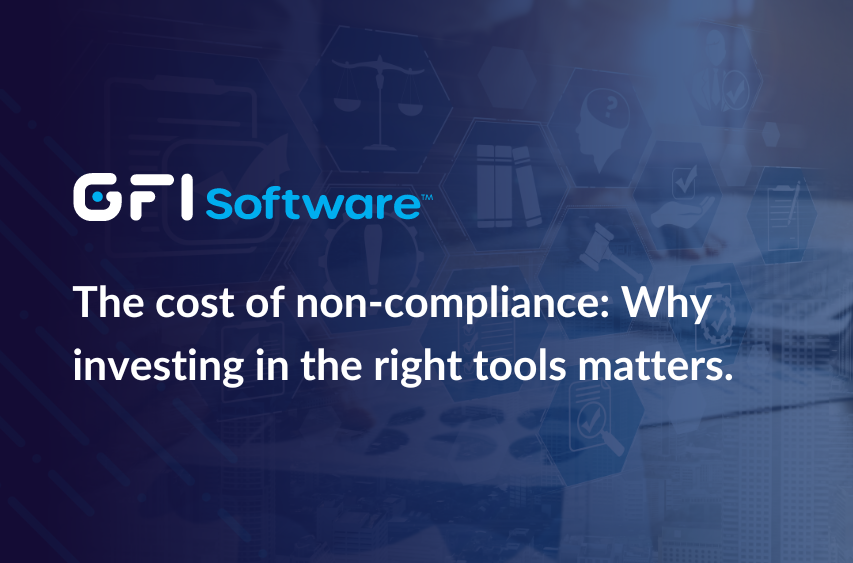
Aug 1, 2024
The cost of non-compliance: Why investing in the right tools matters.
Explore the true impact of non-compliance on businesses and the importance of investing in appropriate tools. This article examines the costs beyond fines, common compliance challenges, and how the right software can help. Learn about essential features in compliance tools and discover how GFI Software's solutions can assist in meeting regulatory requirements efficiently.
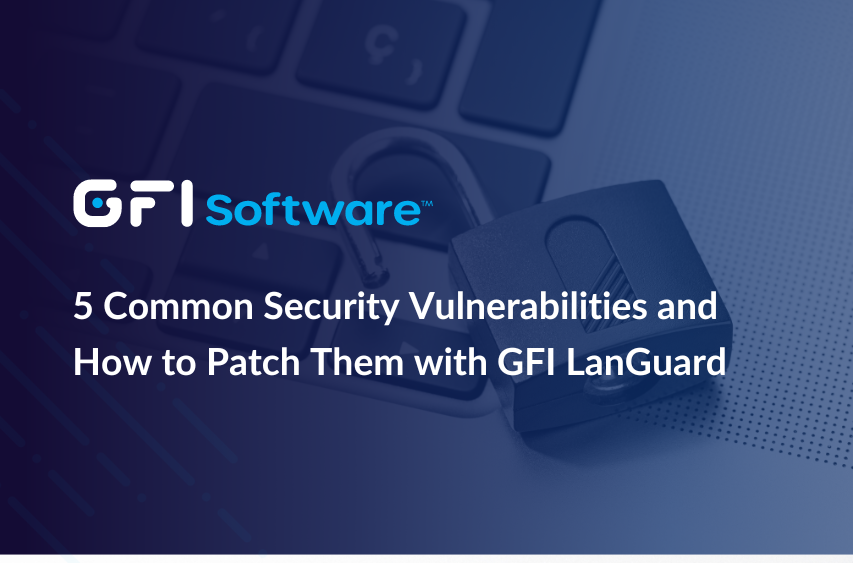
Jun 28, 2024
5 Common Security Vulnerabilities and How to Patch Them with GFI LanGuard
Discover the top 5 security vulnerabilities threatening your network and learn how GFI LanGuard's cutting-edge features, including AI-powered insights, can help you patch them effectively. This must-read guide offers practical solutions for IT pros and business owners alike, ensuring your network stays secure against current and emerging threats.
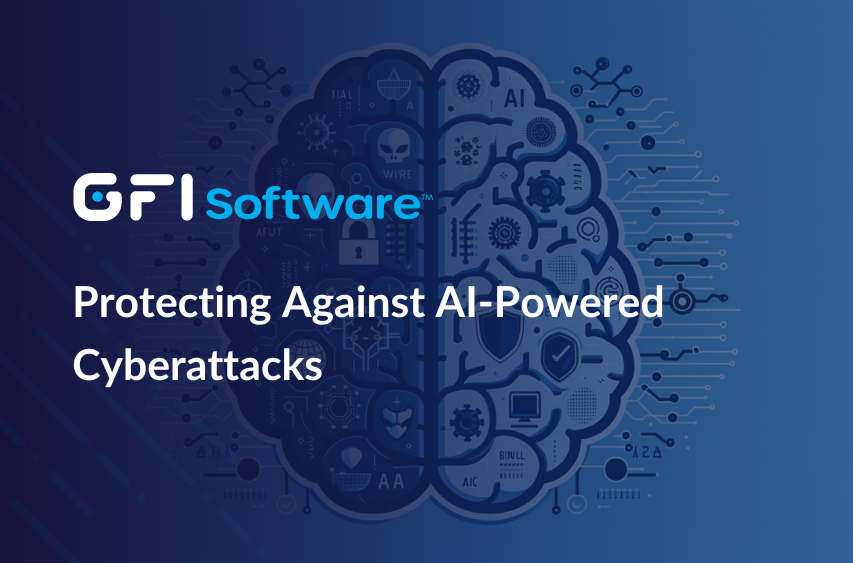
Apr 11, 2024
Outsmarting the Machines: Protecting Against AI-Powered Cyberattacks
AI is revolutionizing cybersecurity, but it's a double-edged sword. In this post, we explore the growing landscape of sophisticated, AI-powered cyber threats like morphing malware and hyper-personalized phishing scams.We also dive into how organizations can harness AI's immense potential to bolster defenses through advanced threat detection, autonomous response capabilities, and predictive vulnerability analysis.
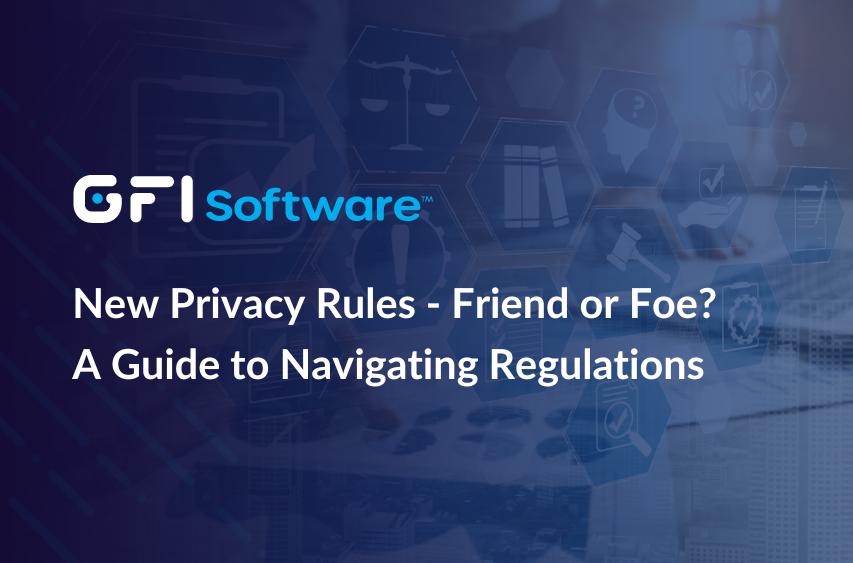
Apr 4, 2024
New Privacy Rules - Friend or Foe? A Business Guide to Navigating Regulations
Privacy laws are evolving; businesses must adjust. Learn key rules and how GFI ensures email/network security compliance.
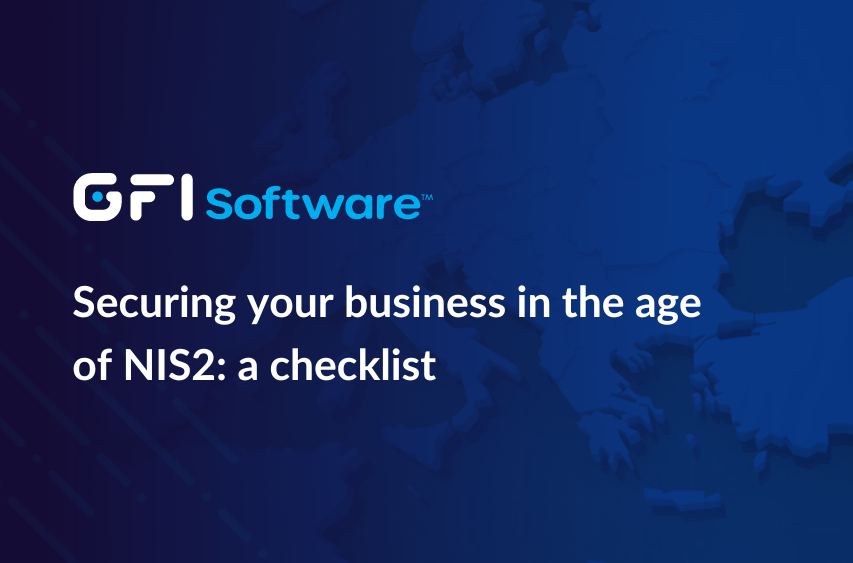
Dec 11, 2023
Securing your business in the age of NIS2: a checklist
NIS2 accentuates the importance of cybersecurity for essential and digital service providers within the EU. To meet the security standards, understanding and conforming to its guidelines is fundamental. This checklist guides you through this updated regulatory terrain and showcases how tools like GFI LanGuard can be instrumental in this journey.

Oct 15, 2023
Everything You Need to Know: NIS2 and Healthcare Data Security
Explore the essentials of NIS2 compliance in the healthcare sector and uncover how NIS2 standards are crucial for protecting patient data amidst the growing digital threats. We also introduce how tools like GFI LanGuard can aid in navigating the compliance pathway, making the journey toward enhanced data security more straightforward for healthcare providers.
